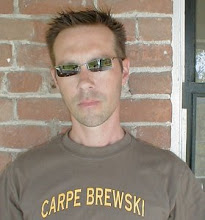In an attempt to keep warm, I am posting a photo I snapped several years ago of what had to be the BEST campfire I've ever built and maintained. This fire was enjoyed while camping on the in southwestern Arizona one autumn evening while I was participating in an experimental archaeology project on the Barry F. Goldwater Range.

Gosh, it still looks warm and inviting!
The experiment I mentioned above consisted of constructing agricultural features such as check dams and brush weirs similar to those believed to have been built by Hohokam farmers, placing some modern artifacts on the ground, and recording the "site." Basically, we were hoping to learn how to better identify prehistoric ag sites in the archaeological record by getting a better understanding of how such features are impacted by nature. We (Here I use the term "we" very loosely) returned to the area about every six months to observe and record the changes to the features and the "artifacts" that we left behind. This monitoring went on for at least three years, and I believe continues to this day. I really should check on that.
Nevertheless, I was very surprised at how far some of the materials had been moved (presumably by wind and sheet washing) across the desert floor. There was also a considerable amount of vegetation that sprung up and thrived in the areas where we placed the brush weirs- more or less proving that those types of features do actually help trap moisture. If anyone learned anything about archaeology through this project, well, they never shared that understanding with me.

No comments:
Post a Comment